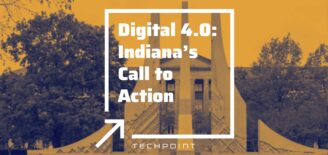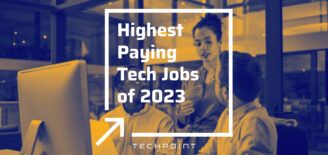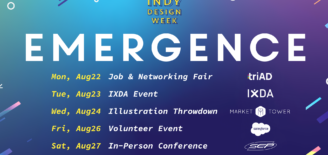Have Tech Employees Stayed Grounded During the Pandemic?
“It’s like being an astronaut on the International Space Station.” This is how I heard someone describe life during the pandemic. I think they were thinking of work, in particular, because of it’s solitary quality right now. So many of our interactions coming through a screen—at once close and distant. Maybe also on their mind was the awkwardness that comes with a forgotten mute button or balky Wi-Fi connection. And then the shared sense that we’re all bravely forging ahead in our personal lives and professional mission in this unique environment that challenges us on so many different levels.
Now is not the moment where I leap into a performance of Elton John’s ‘Rocket Man.’ Instead, I want to examine the weight of the pandemic on tech employees’ mental health and outline some strategies that can help employers, managers and employees find harmony between success at work and personal well-being. It’s helpful to acknowledge that even for tech, where remote work is common and a certain amount of autonomy is expected, these are different times.
The data show we are in a disruptive state. In a mid-July (2020) Kaiser Foundation poll, 53% of adults in the United States reported that their mental health has been negatively impacted by worries related to the coronavirus pandemic. This was a 21% increase from a survey conducted just a few months prior. Specific health impacts reported at significantly higher levels included difficulty sleeping or eating, a rise in alcohol consumption and substance abuse, and worsening chronic conditions. Without a doubt, mental health will continue to be a challenge in 2021. So, what are we to do as employers and managers?
Start with Meaningful Data
Meaningful and actionable data are a great starting point if you want to implement a mental health and well-being initiative for your employees. In our work as a benefits and compensation advisory firm, we partner with Springbuk, a TechPoint member and national leader in health intelligence. Examining their data and our own analytics, we’ve been able to gain tremendous insight into the increase in medical spend for mental health diagnoses. A few highlights:
- 69% of members with a mental health condition also have a chronic disease.
- Mental health diagnoses are now showing up in more employers’ top ten spend lists.
- Members with a mental health condition are twice as likely to classify as a high-cost claimant (> $50,000).
This data highlights the connection between mental health and overall health, as well as the general rise in mental health diagnoses. There’s never been a more critical time to assess and re-evaluate your employee health programs as they relate to mental health. Here is how I suggest you begin:
Assess your resources
What solutions do you already have that may be underutilized or simply not fully understood by leadership and employees?
- Employee Assistance Program (EAP) – This may be a program you already have. It’s a good time to look at utilization reports. Are there trends? A recent uptick? The same goes for Paid Time Off utilization. How is it trending? Does usage vary across different levels within the organization?
- Employee Engagement Survey – What are the qualitative data telling you about the mental well-being of your employees? Are there signs of stress and anxiety?
- Attendance – Are your employees missing more days or have disability trends been impacted by mental health conditions?
- Mental health in your plan – Research the prevalence of mental health care in your medical plan. How broadly does it impact your community? How broadly does it impact your medical plan and pharmacy cost?
Now, you are well-armed to determine what additional resources you might need to obtain and implement. Some quick potential wins I suggest based on my work with other tech companies include:
- Communicate – Your EAPs are a valuable resource to employees if they know what they are and how to use them.
- Take a break – Consider mental health days off.
- Fill the generation gap – Evaluate family leave policies (Childcare/caregiver leave of absence).
- Download – Give free access to stress-reducing apps like Calm or Headspace.
- Educate – Share educational resources and materials that focus on stress reduction.
- Evaluate – Make self-assessment materials and mental health screenings available.
- Train – Equip your managers with the tools they need. I recommend Mental Health First Aid.
“What I like to think of is work-life harmony.”
It’s easy to talk about working from home in the context of work-life ‘balance.’ It’s unclear that balance exists. The lines blur. This can be especially true during a pandemic. What I like to think of is work-life harmony. When we’re out from under the pandemic, what lessons will we take with us relative to employer mental health? For me, two takeaways we should have are:
We must create a culture and environment that demonstrates empathy in action and words. We must have clearly articulated mental health programs and resources available for managers and employees. I wish you well on your mission to stay healthy and well. Stay grounded!
On May 4, it was announced that First Person Advisors has been acquired by New York City-based NFP Corp., one of the nation’s largest insurance brokerages.







































